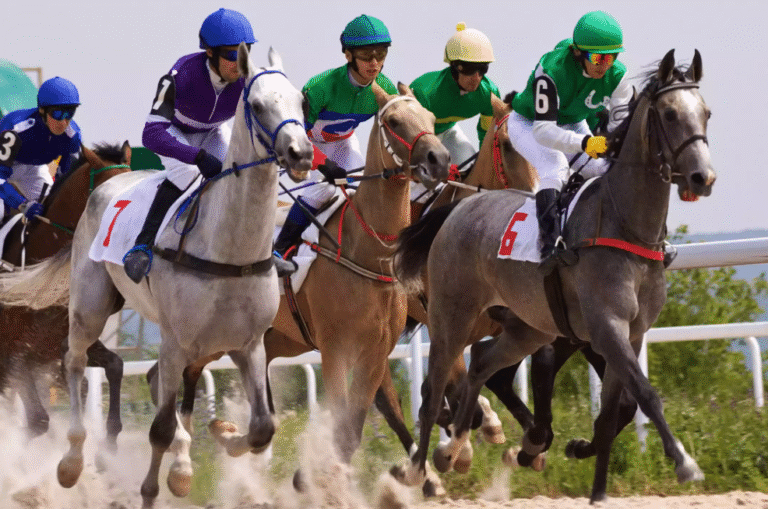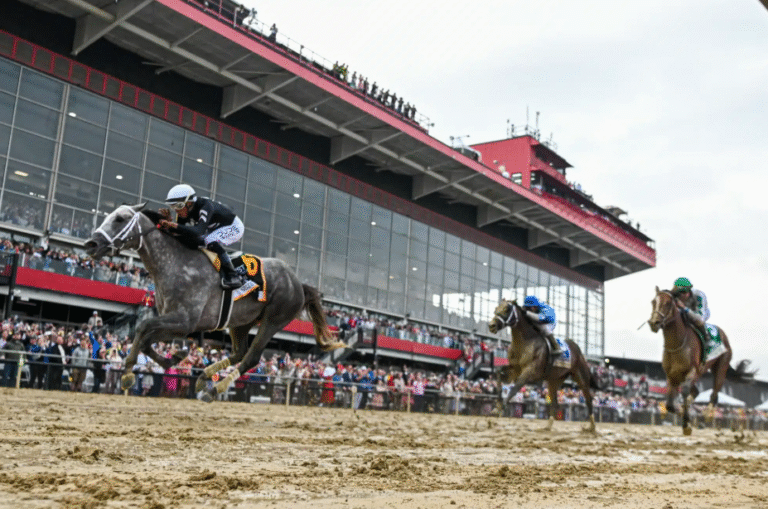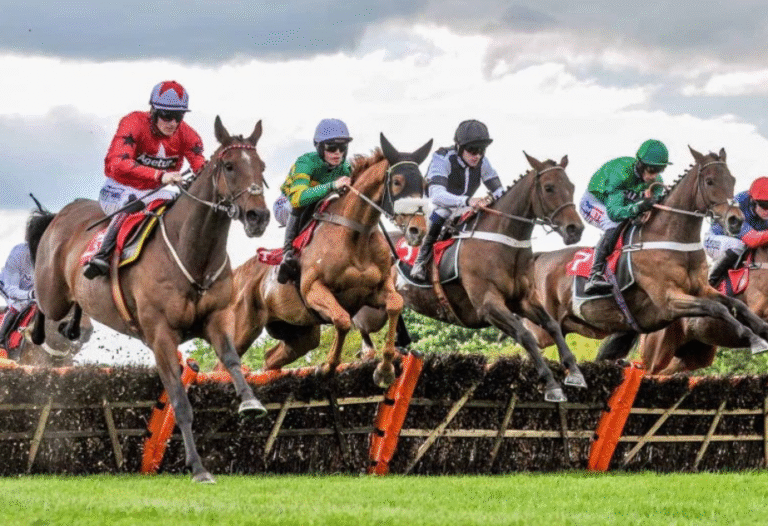How Horse Racing Tracks Are Maintained and Managed
Horse racing tracks require meticulous management to ensure optimal conditions for both horses and jockeys. Effective turf management techniques, combined with robust drainage systems, play a crucial role in maintaining the integrity of the racing surface. The daily operations, overseen by a track manager, involve careful coordination of staff responsibilities and routine inspections. Understanding these elements reveals the complexity behind a seemingly straightforward event, prompting further exploration into how these practices sustain the sport.
Turf Management Techniques
Effective turf management techniques are crucial for maintaining high-quality racing surfaces that enhance both performance and safety.
Key strategies include soil aeration, which improves root health and drainage, and integrated pest control, ensuring minimal disruption to the turf.
See also: cplemairepmu
Importance of Drainage Systems
Although often overlooked, the significance of a robust drainage system in horse racing track management cannot be understated. Effective drainage design is essential for optimal water management, preventing track deterioration and ensuring safety for horses and jockeys alike.
| Aspect | Importance | Benefits |
|---|---|---|
| Drainage Design | Reduces waterlogging | Enhances turf health |
| Water Management | Maintains optimal moisture levels | Improves race conditions |
| Maintenance Frequency | Regular checks needed | Extends track lifespan |
| Soil Composition | Affects drainage efficiency | Influences turf resilience |
| Environmental Impact | Minimizes erosion | Promotes sustainable practices |
Maintenance of Starting Gates and Other Equipment
Regular maintenance of starting gates and other essential equipment is critical for ensuring the safety and efficiency of horse racing events.
Conducting thorough starting gate inspections regularly helps identify potential malfunctions, allowing for timely repairs.
Additionally, proper equipment storage protects these assets from weather damage and wear, ultimately contributing to a seamless racing experience and fostering an environment where horses and jockeys can perform freely.
Daily Operations and Staff Responsibilities
While the excitement of race day often captures the spotlight, the underlying daily operations and staff responsibilities are crucial for achieving a successful event. Staff training focuses on enhancing operational efficiency, ensuring smooth coordination among various departments.
| Role | Responsibilities |
|---|---|
| Track Manager | Oversees daily operations |
| Grounds Crew | Maintains track conditions |
| Security Personnel | Ensures safety protocols |
| Event Coordinators | Manages race day logistics |
| Maintenance Staff | Handles equipment upkeep |
Conclusion
In the realm of horse racing, the track serves as the stage where equine athletes perform, akin to a finely tuned instrument in an orchestra. Just as a maestro ensures each note resonates perfectly, track managers meticulously oversee every aspect of maintenance to create optimal racing conditions. With a commitment to turf management, drainage, and equipment upkeep, they harmonize the elements of safety and performance, ultimately shaping a successful race day that captivates both horses and spectators alike.





